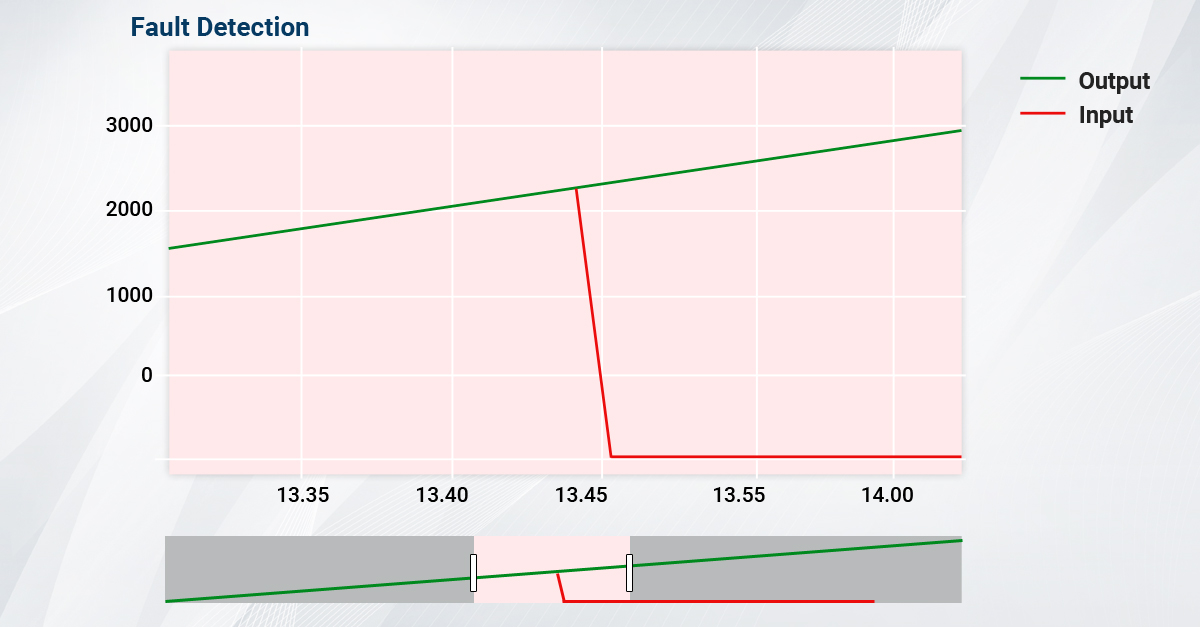Network Fault Detection Using Machine Learning

Communication Service providers (CSPs) today are looking at applications of artificial intelligence (AI) in the telecom industry to ensure a seamless service and user experience for their clients. Also, as 5G services enter the telecom sector, the CSPs would face renewed pressure to meet client expectations and integrate the new emerging complexities in their existing solutions.
Clearly, the complexities introduced by 5G will be compounded by the disparate legacy systems and colossal amounts of data that currently exist. To stay profitable through all these upheavals, CSPs need to generate actionable insights through a rigorous and thorough analysis of the data and legacy systems at its disposal, as cost-effectively as possible.
What is Network Fault Detection?
When your network behaves in an unexpected manner that leads to lower efficiency and resource availability, it is considered a network fault.
Finding out the reason behind such unexpected behavior (network faults) and the issue itself (at the earliest possible time) is considered the network fault detection process. Traditionally, the network fault detection process has remained reactive, i.e., first, the fault itself is determined. It is isolated from the rest of the network, and steps are taken to minimize the impact of this fault.
How can AI assist in Network Fault Detection?
With Artificial intelligence development, CSPs have shown a keen interest in implementing AI-based network fault detection systems. AI systems support fault detection in real-time or near-real-time. The key here is to segregate actual network fault alarms from noise alarms analyzing, which will waste precious network resources. These alarms may all be from the same channel/source or over multiple sources/channels.
AI/ML algorithms classify alarms/alerts based on their historical behavior to filter out emergencies from false or symptomatic alarms. Such sorting out is almost impossible for network managers to perform on their own. Once segregated, network operators can focus on solving the high priority root-cause alarms, ignoring the symptomatic alarms.
Such performance optimization is even more desirable in 5G systems where network fault detection and the root-cause solution is further complicated due to the presence of disparate networks.
Also, by suppressing symptomatic network alarms and focusing on root-cause alerts only using the AI/ML network fault detection systems, network operators reduce the cost and resource wastage associated with handling the symptomatic alarms. Further, AI/ML systems can locate the source of a network fault comparatively earlier and adapt to group similar network faults, hence segregating and identifying potential root-cause alarms.
AI/ML fault detection systems focus on solving more critical faults and at a quicker pace. While traditional rule-based network fault detection systems may end up overlooking critical faults, AI/ML systems can train themselves on the fault data and adapt according to the network ensuring better fault detection. As the network and alarms change in nature, AI/ML network fault detection systems adapt to make intelligent fault predictions and segregation.
However, currently, AI/ML fault detection systems can handle well-defined case scenarios where a majority of variables are constant. Such as, in a network fault detection system for a specific set of faults only, the AI/ML algorithm can adapt itself to recognize the critical faults from symptomatic ones and predict the occurrence of these faults in the future.
Conclusion
AI/ML-based network fault detection systems can be easily integrated into the operational workflow of network fault detections systems to complement, the current human and embedded expertise.
We have a long way to go before achieving fully-autonomous AI/ML-based network fault detection systems, but the current technology does hold promise to improve existing systems.
To receive the best AI consultancy and services for your business/business idea, get in touch with us here.
 1-888-661-8967
1-888-661-8967

